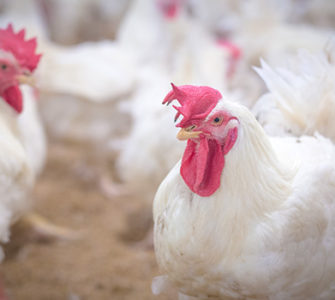Should we tap the brakes on slow-growth chicken?
Consumers advocating the use of slow-growth chickens mistakenly assume these birds have better welfare conditions, Terrence O’Keefe, editor and content director, Watt AgNet, told Poultry Health Today.
Put another way: “…they make the assumption that current genetics are incapable of producing animals with good welfare. And, I guess to me, that’s just an absurd argument,” he said.
O’Keefe pointed to performance in the US broiler industry achieved with modern genetics. There is record live-ability in the field and less use of feed is needed to produce more pounds of meat per bird. Condemnations are at a record low.
There’s always room for improvement, but “We’re in a better situation than we’ve ever been in terms of how many resources it takes to produce a pound of edible chicken,” he continued.
A return to slower-growing birds with alternative genetics means that to produce the same amount of meat, more birds would have to be raised and they would need more feed. More poultry houses and more growers would be needed. Growers would have to be paid more per pound of live-weight because there’s less meat on each bird, he said.
O’Keefe asked why the US industry should take that huge step backwards from an environmental impact standpoint and a cost standpoint by switching to the alternative genetics.
“Chicken meat is relatively much less expensive than it used to be to buy. We’re in a better situation than we’ve ever been in terms of how many resources it takes to produce a pound of edible chicken,” he said.
Posted on June 28, 2017

















